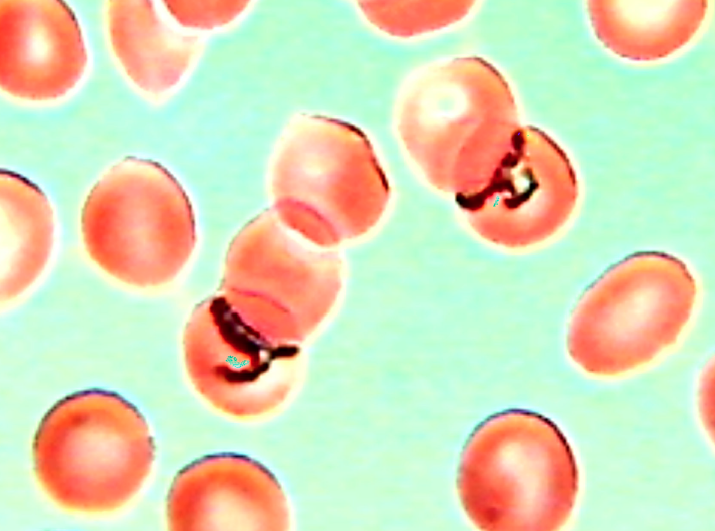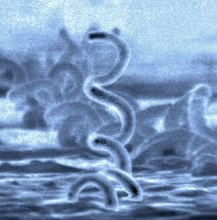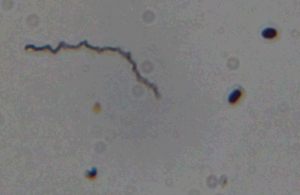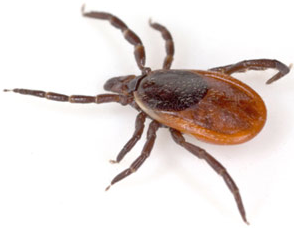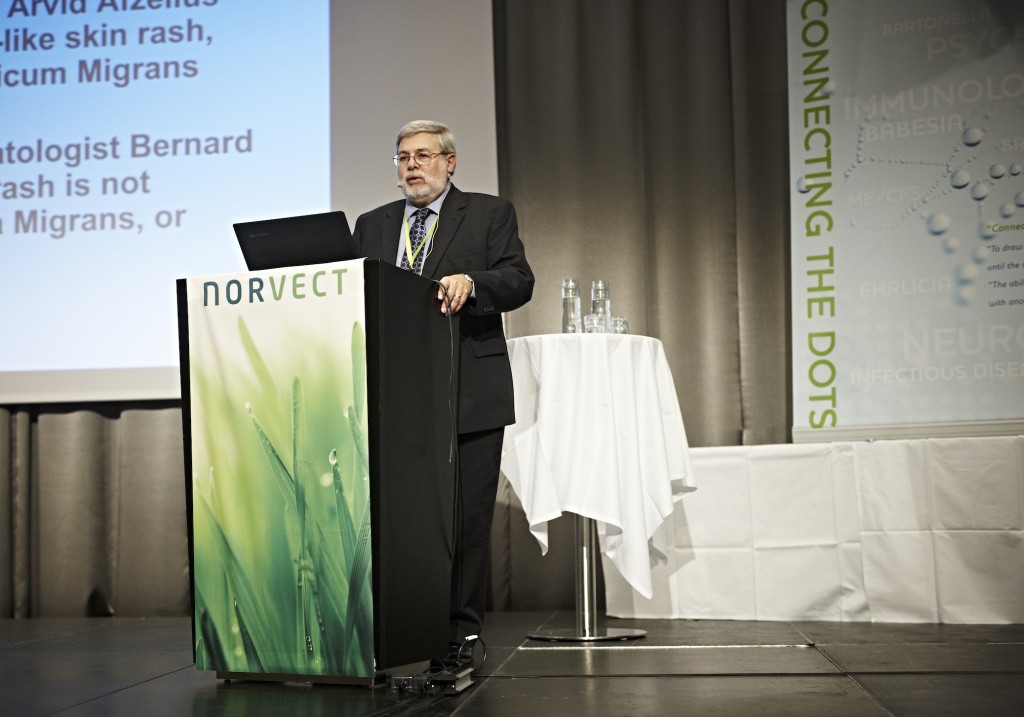Ying Zhang Ph.D, MD, who spoke at the NorVect conference this past weekend has published very interesting new research today in the journal “Emerging Microbes & Infections”.

BACKGROUND:
Several studies (incl. animal models) have indicated the continued presence of B. burgdorferi in some form and suggest that current Lyme treatment may not be sufficient to eliminate B. burgdorferi persisters, or that the immune system fails to clear persisting organisms or bacterial debris, which may be underlying causes for those who suffer from non-resolving symptoms of Lyme disease. To date, there is currently no effective antibiotic treatment or preventative strategy for those who suffer from persistent symptoms after Lyme disease.
Consistent with the difficulty to eradicate B. burgdorferi in animal models, B. burgdorferi develops various morphological variant forms, such as round bodies and microcolonies, that are refractory or resistant to antibiotics and stresses. For example, it has been demonstrated that whereas the frontline drugs, such as doxycycline and amoxicillin, kill or inhibit the growing spirochetal form of B. burgdorferi effectively, they have little activity in killing non-growing persisters that are enriched in the stationary phase or microcolonies or as biofilm-like aggregates of B. burgdorferi. There is significant interest in the identification of drugs that target B. burgdorferi persisters.
SUMMARY AND FINDINGS:
Zhang’s research team set out to identify drugs that can more effectively kill B. burgdorferi persisters, and has recently developed a new viability assay using SYBR Green I/propidium iodide (PI) dyes, which allowed them to screen FDA-approved drug library against stationary phase B. burgdorferi persisters. Using this high-throughput assay, they identified a number of drug candidates, such as daptomycin, clofazimine, cefoperazone, and carbomycin that have excellent activity against in vitro B. burgdorferi persisters.
You can read the whole article here

